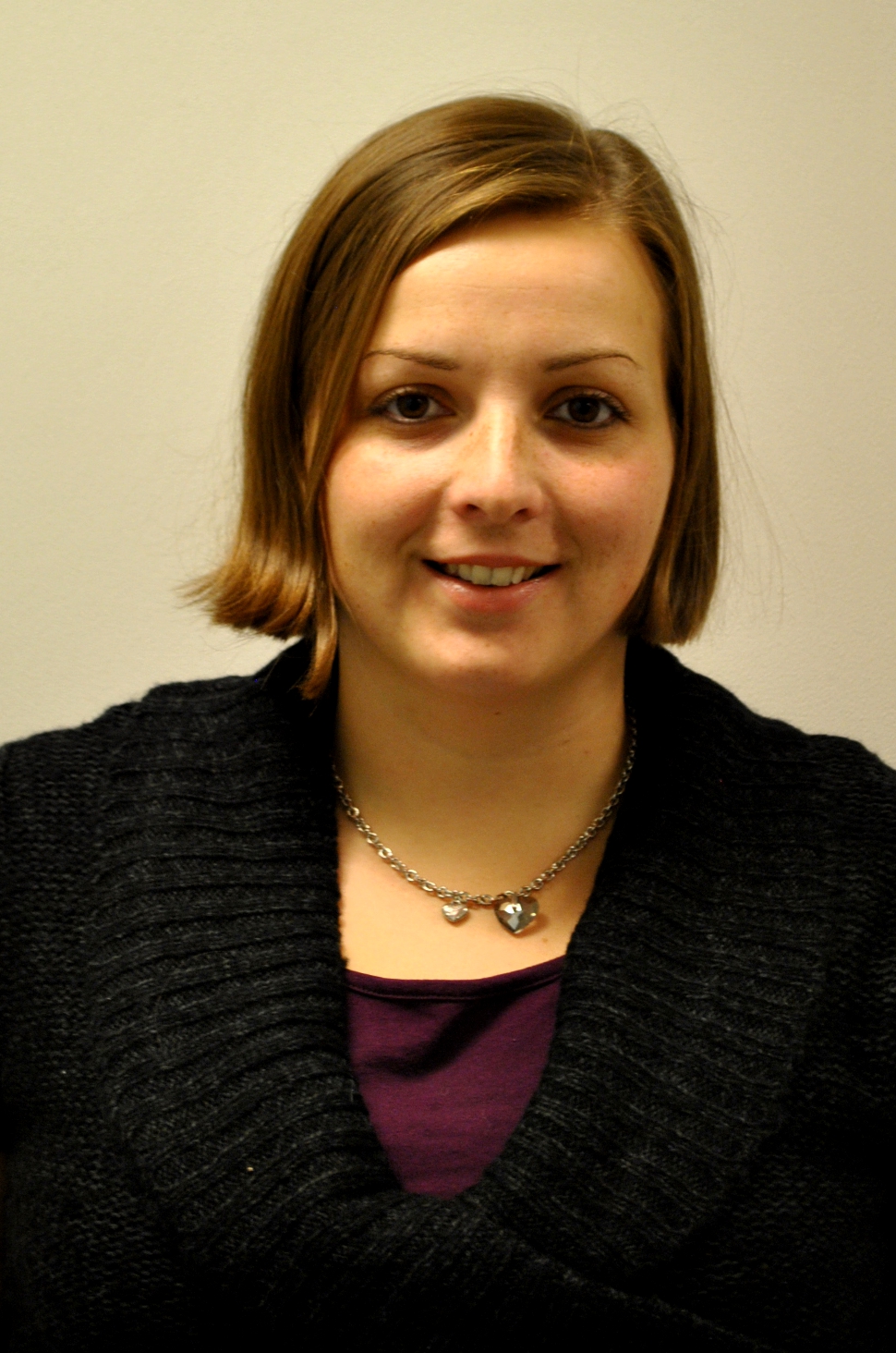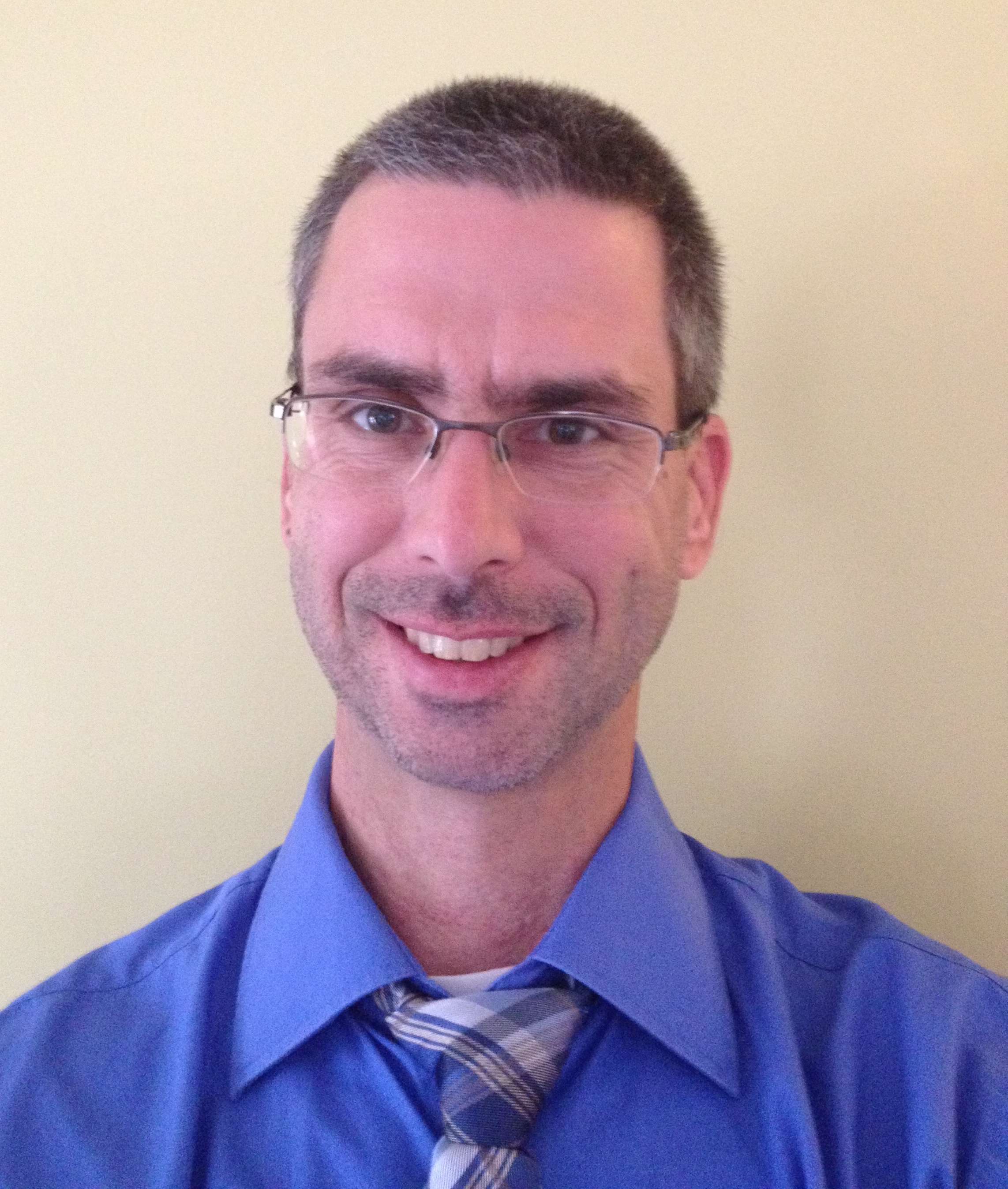Hardrock Gold Project, Geraldton, Ontario: Structural and stratigraphic settings of the deposits
presented by
Zsuzsanna Tóth, PhD candidate, MERC, Laurentian University
and
Kenneth Williamson, Corporate Senior Geologist,
Premier Gold Mines
The Beardmore-Geraldton Belt (BGB) is a poly-deformed greenstone belt located east of Lake Nipigon along the margin between the granite-greenstone Wabigoon Subprovince and the metasedimentary Quetico Subprovince. The BGB comprises six (6) shear-zone-bounded panels of alternating metavolcanic and metasedimentary rocks, designated the Northern, Central, and Southern metavolcanic units, and the Northern, Central, and Southern metasedimentary units (Tomlinson et al., 1996). The deformation within BGB started with D1 thrusting, followed by D2 north-south compression, D3 sinistral shear and D4 transcurrent dextral shear. This poly-phased deformation created complex folding and shearing, and has triggered multiple hydrothermal events leading to the formation of several gold deposits. Over 4.1 million ounces of gold have historically been mined in the BGB; Premier Gold Mines recently indicated the presence of another 4.87 million ounces of indicated gold resource at its Hardrock Project, in the immediate vicinity of Geraldton. 3D modeling has allowed Premier Gold Mines to elaborate a detailed litho-structural model, which serves as a basis for multi-disciplinary pre-feasibility studies. The model clearly demonstrates the strong litho-structural controls on an economic gold resource. This ongoing internal modeling project benefits from and is largely inspired by academic studies, which are providing details on the key controlling parameters of gold mineralization.
Gold occurs in quartz-carbonate veins and their sericite ± carbonate ± chlorite and pyrite ± arsenopyrite alteration haloes hosted within mudstone, sandstone, banded iron formation and quartz-feldspar porphyry. Previously, the gold mineralization was thought to have been emplaced pre- or early-D2. It was recently discovered that the gold mineralization was not emplaced during a single event, but at least two hydrothermally active intervals played a role in gold deposition. The first auriferous event occurred prior to and/or during the D1 deformation event, whereas the second gold mineralization (or first remobilization) event occurred pre- or syn-D3. An indirect link can be drawn between recent and previous observations, which propose the possibility of a third gold mineralization (second remobilization) during the D4 dextral shear. A mineralized quartz-feldspar porphyry body was dated at 2694±1 Ma (McNicoll, pers. comm., 2012), which represents the maximum age of the first gold mineralization as well as the D1 deformation event.
The Hardrock PEA Study was prepared as an open-pit only mining project related solely to the mineral resources estimate reported by the Company on October 29, 2013 (press release “Premier Gold releases Updated Mineral Resource Estimate on Hardrock Deposit”). The PEA Study demonstrates the potential for an open pit operation with a 15-year mine life and producing more than 200,000 ounces of gold per year (see Technical Report Filed on Sedar on March13, 2014).
This talk will be followed by a networking event at the Metropolitan
 Zsuzsanna Tóth did her BSc (2009) and MSc (2011) thesis in geology at Eötvös Loránd University, Budapest, Hungary. Her MSc thesis focused on a Neogene, shallow-depth low-sulfidation (LS)-type hydrothermal system in northern Hungary. In 2012, she started her PhD project on the topic of gold mineralization in the Beardmore-Geraldton Belt at Laurentian University, Sudbury, ON under the supervision of Bruno Lafrance (LU) and Benoît Dubé (Geological Survey of Canada, Natural Resources Canada) as part of the Targeted Geoscience Initiative-4 program of Natural Resources Canada. The PhD thesis is being carried out in co-operation with Premier Gold Mines Ltd. and aims to:
Zsuzsanna Tóth did her BSc (2009) and MSc (2011) thesis in geology at Eötvös Loránd University, Budapest, Hungary. Her MSc thesis focused on a Neogene, shallow-depth low-sulfidation (LS)-type hydrothermal system in northern Hungary. In 2012, she started her PhD project on the topic of gold mineralization in the Beardmore-Geraldton Belt at Laurentian University, Sudbury, ON under the supervision of Bruno Lafrance (LU) and Benoît Dubé (Geological Survey of Canada, Natural Resources Canada) as part of the Targeted Geoscience Initiative-4 program of Natural Resources Canada. The PhD thesis is being carried out in co-operation with Premier Gold Mines Ltd. and aims to:
a) Determine the structural and stratigraphic settings of the deposits
b) Determine the characteristics and geochemical footprint of the gold mineralization and the associated hydrothermal alteration
c) Place the mineralization in the tectonic evolution process of the belt
d) Develop tectonic and metallogenic models for the area
In order to achieve these goals, she spent 8 months in the field, mapping large stripped exposures and logging drill cores.
 Kenneth Williamson, P.Geo is a professional geologist with 10 years’ experience working in the gold industry. He completed his MSc thesis (2001) at Laval University. His MSc thesis was on the structural study of a little mylonitic shear hosted lode gold deposit hosted within the Bourlamaque batholith near Val-d’Or in the Abitibi. Kenneth initiated a PhD study during the winter of 2002 on the structural and genetic controls on the formation of the Goldcorp’s High Grade Zone (not completed). From 2004 to 2006, Kenneth worked as a full time Special Projects Geologist position at the Red Lake Mine for Goldcorp Inc. From 2006 to 2007, Kenneth worked for Rubicon Minerals Corporation, where he occupied a Project Geologist, Database Manager and 3D Modeler positions. From 2007 to 2010, Kenneth was hired back at the newly formed Red Lake Gold Mines (mine merger between Placer Dome’s Campbell Mine and Goldcorp’s Red Lake Mine) to take in charge the 3D geological modeling of the combined mining operation, as well as working closely with the regional geology group. Kenneth became Consulting Geologist with InnovExplo in 2011 where he focused on 3D modeling and Resource Estimation. In November 2013, Kenneth was hired by Premier Gold Mines as a corporate Senior Geologist within the Development Projects Group, and is now providing geological, modeling and resource estimate support for the different projects’ teams.
Kenneth Williamson, P.Geo is a professional geologist with 10 years’ experience working in the gold industry. He completed his MSc thesis (2001) at Laval University. His MSc thesis was on the structural study of a little mylonitic shear hosted lode gold deposit hosted within the Bourlamaque batholith near Val-d’Or in the Abitibi. Kenneth initiated a PhD study during the winter of 2002 on the structural and genetic controls on the formation of the Goldcorp’s High Grade Zone (not completed). From 2004 to 2006, Kenneth worked as a full time Special Projects Geologist position at the Red Lake Mine for Goldcorp Inc. From 2006 to 2007, Kenneth worked for Rubicon Minerals Corporation, where he occupied a Project Geologist, Database Manager and 3D Modeler positions. From 2007 to 2010, Kenneth was hired back at the newly formed Red Lake Gold Mines (mine merger between Placer Dome’s Campbell Mine and Goldcorp’s Red Lake Mine) to take in charge the 3D geological modeling of the combined mining operation, as well as working closely with the regional geology group. Kenneth became Consulting Geologist with InnovExplo in 2011 where he focused on 3D modeling and Resource Estimation. In November 2013, Kenneth was hired by Premier Gold Mines as a corporate Senior Geologist within the Development Projects Group, and is now providing geological, modeling and resource estimate support for the different projects’ teams.